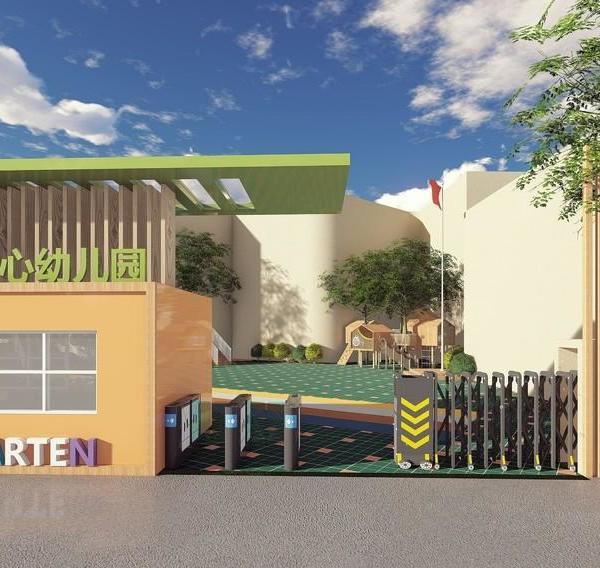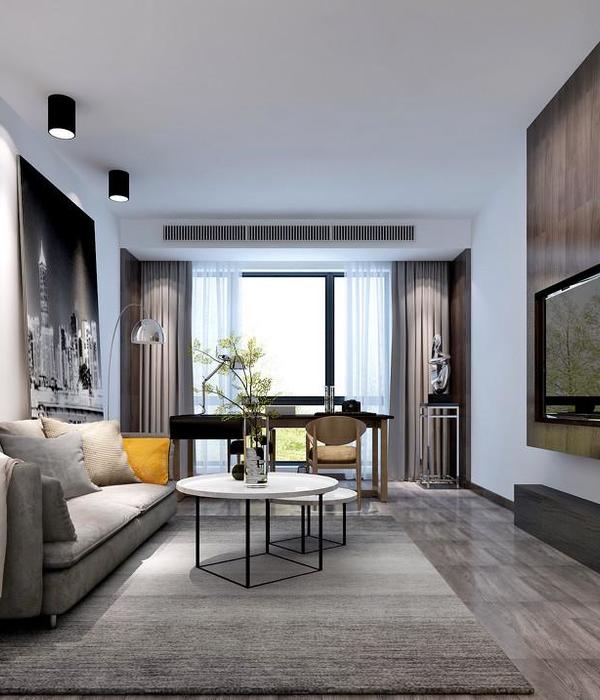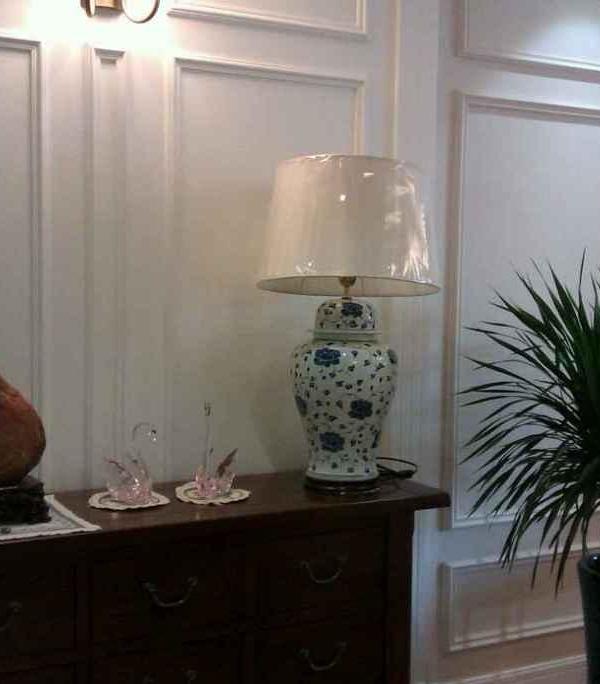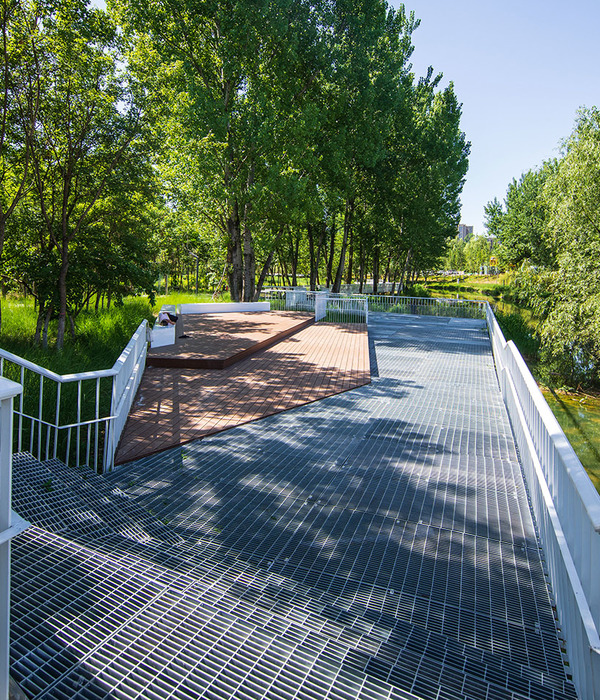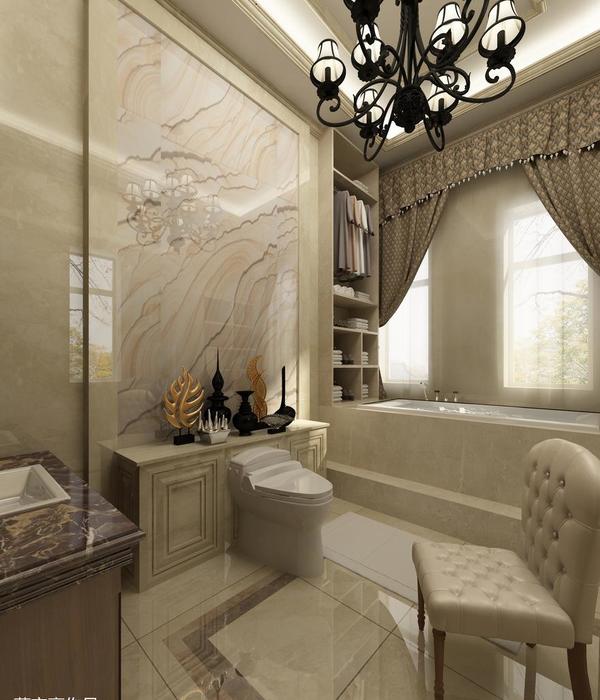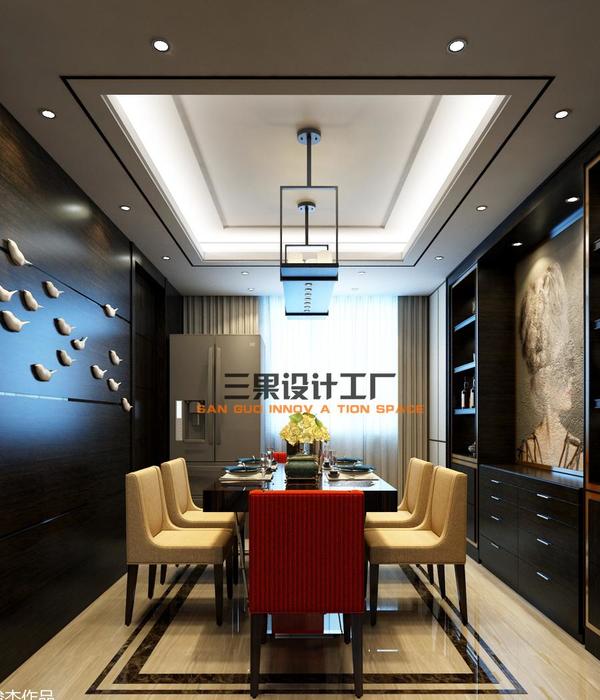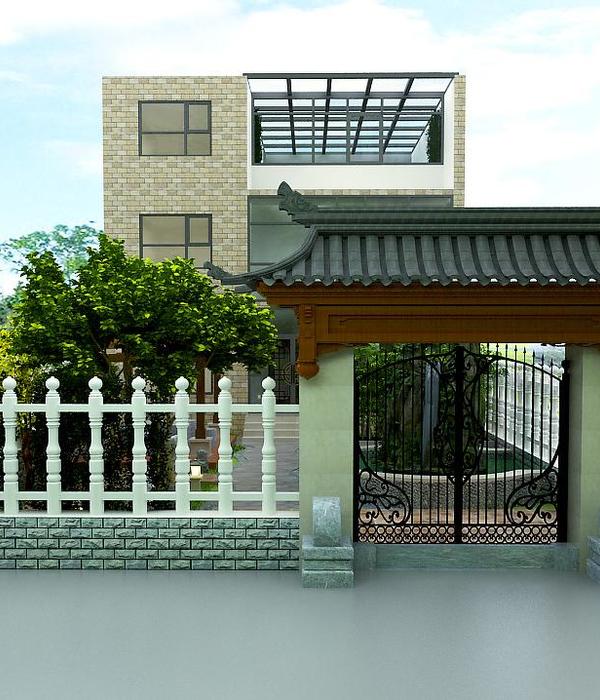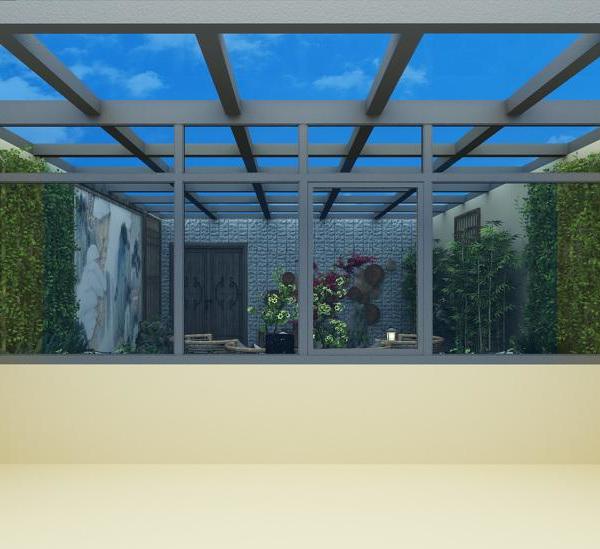The project originated from the victory in an International competition organized in 2014 by World Bank for the Brazilian metropolis of Belo Horizonte, one of the most important cities in Brazil and Minas Gerais State’s Capital, centered on the issues of sustainable mobility and air quality.
Belo Horizonte is, at the moment, crossed by a high speed arterial road, the “Anel Rodoviário”, an arc-shaped Regional highway that brings many negative consequences as a strong disconnection between the different parts of the city, a high level of danger, the presence of undefined urban areas, a lack of public spaces, problems in the interference of activities and the environmental fragility of the surroundings.
The project is aimed to convert the present Regional Transportation Corridor into a local road, elaborating a new “model of public transit-oriented urban development“ and activating short and long-term strategies of urban regeneration.
The general guidelines for the ongoing planning process can be summarized as follows.
An URBAN MODEL ORGANIZED BY PARTS The proposed model of development aims to characterize each area for its specificities, preserving the different historical/cultural/geographical contexts, focusing on their particular qualities and reconstructing the identity of the different boroughs (Bairros).
The large-scale urban plan coexists with district-scale projects to rethink public spaces, create new opportunities and reconstruct the system of relations within the city.
A MODEL CENTERED ON THE TRANSFORMATION/REGENERATION OF THE EXISTING CITY
The goal is to promote flexible models with the intent not to cancel the existing city but rather to facilitate processes of urban renewal and regeneration.
Investments and resources are not only concentrated on single interventions, as the benefits are extended to larger areas, triggering citywide processes to contrast marginalization and involve in the transformation a large part of the population (Favelas).
The intention is to encourage an equitable model of development, that can foster at the same time big works and a widespread urban renovation.
BALANCE BETWEEN BUILDING DENSIFICATION / CONSERVATION OF THE PRODUCTIVE ACTIVITIES/ PRESERVATION OF THE GREEN CORRIDORS
The necessity has been pointed out of a synthesis between the different realities that characterize this urban crescent.
The many strategic functions along the Ring are preserved and their coexistence is promoted, dealing with the complexity of the system, optimizing and improving the compatibility of the different activities and limiting their impacts.
a multiscale model centered on longitudinal and transversal connections The “Anel Rodoviário”, is confirmed as a great Metropolitan infrastructure, a fundamental urban system that reconnects at the same time the great Regional routes and the local infrastructures.
A multiscale model based on the compresence of different speeds along the road, on an accurate planning of the accesses, on the capacity to connect the different places and improve the accessibility of the parts of the city.
A MODEL TO IMPROVE THE INTEGRATION OF THE VARIOUS TRANSPORTATION MODES WITH URBAN SPACES
The Public Transport Corridor is meant to be at the same time a new infrastructure to support and connect the existing city and generator of new polarities and new places.
The project for land use planning and the processes of urban requalification are strengthened by the redesign of the public transport network, through a methodology in which the two phases, one focused on the development of the public transport system and the second centered on the public spaces design, merge in a single project finalized to build a more accessible city, rationalize the travels (especially commuting) and provide support to politics based on the improvement of Life Quality.
{{item.text_origin}}




